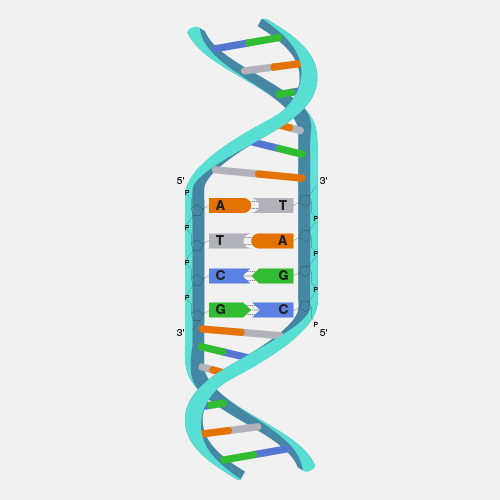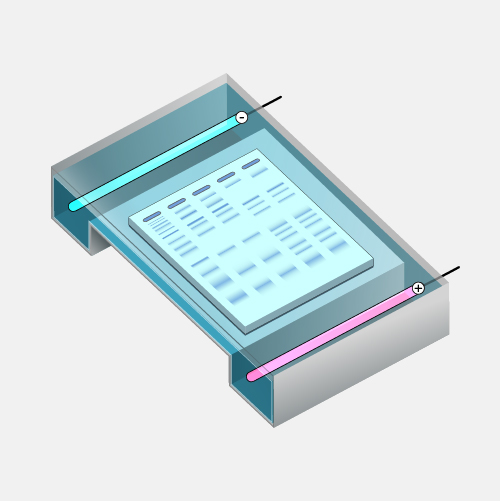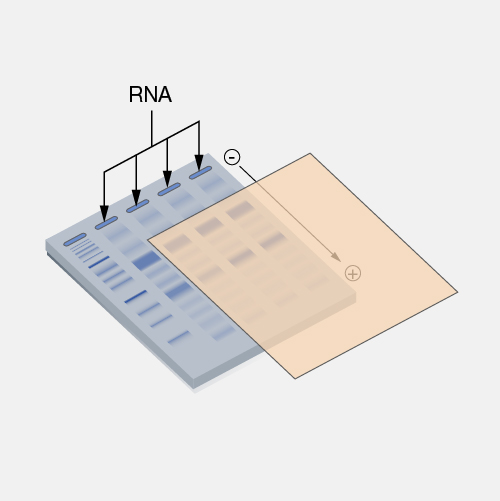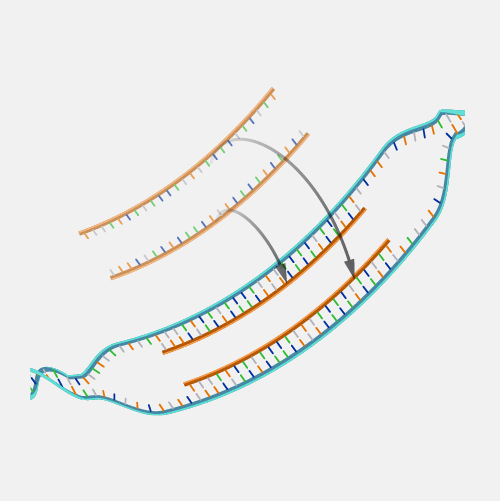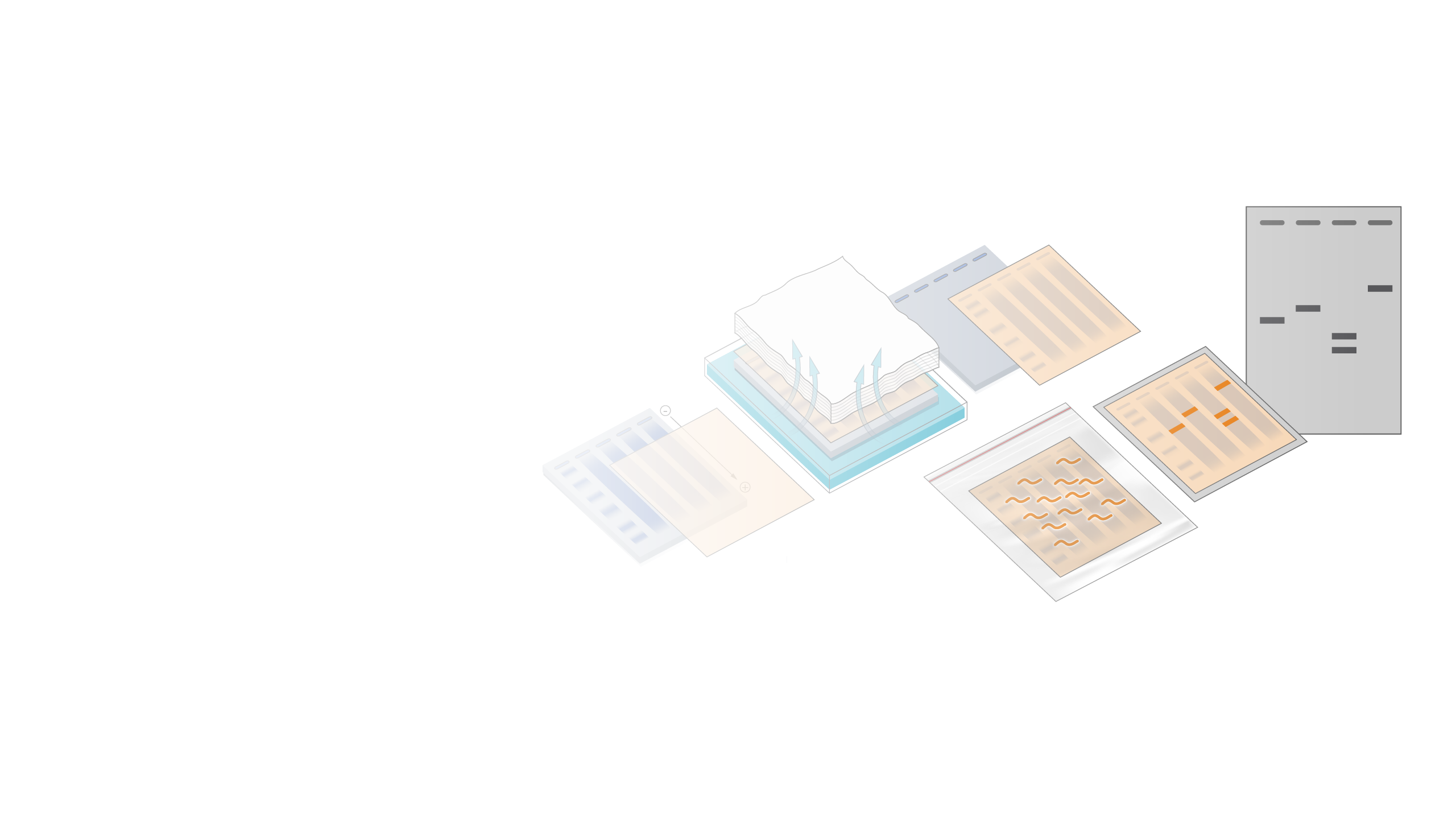
Southern Blot
Definition
Southern blot analysis is a laboratory method used to study DNA. Specifically, purified DNA from a biological sample (such as blood or tissue) is digested with a restriction enzyme(s), and the resulting DNA fragments are separated by using an electric current to move them through a sieve-like gel or matrix, which allows smaller fragments move faster than larger fragments. The DNA fragments are transferred out of the gel or matrix onto a solid membrane, which is then exposed to a DNA probe labeled with a radioactive, fluorescent or chemical tag. The tag allows any DNA fragments containing complementary sequences with the DNA probe sequence to be visualized within the Southern blot. The method is named for its creator, British molecular biologist Edwin Southern.

Narration
Southern blot. In human tumors, changes in the number of copies or the structure of cancer-causing genes are frequent. Southern blot analysis can be used to investigate whether a gene is amplified, deleted, or structurally rearranged in cancer cells as compared to normal cells. Although this technique is quite labor-intensive, it's particularly useful for detecting large deletions in tumor genomes.


